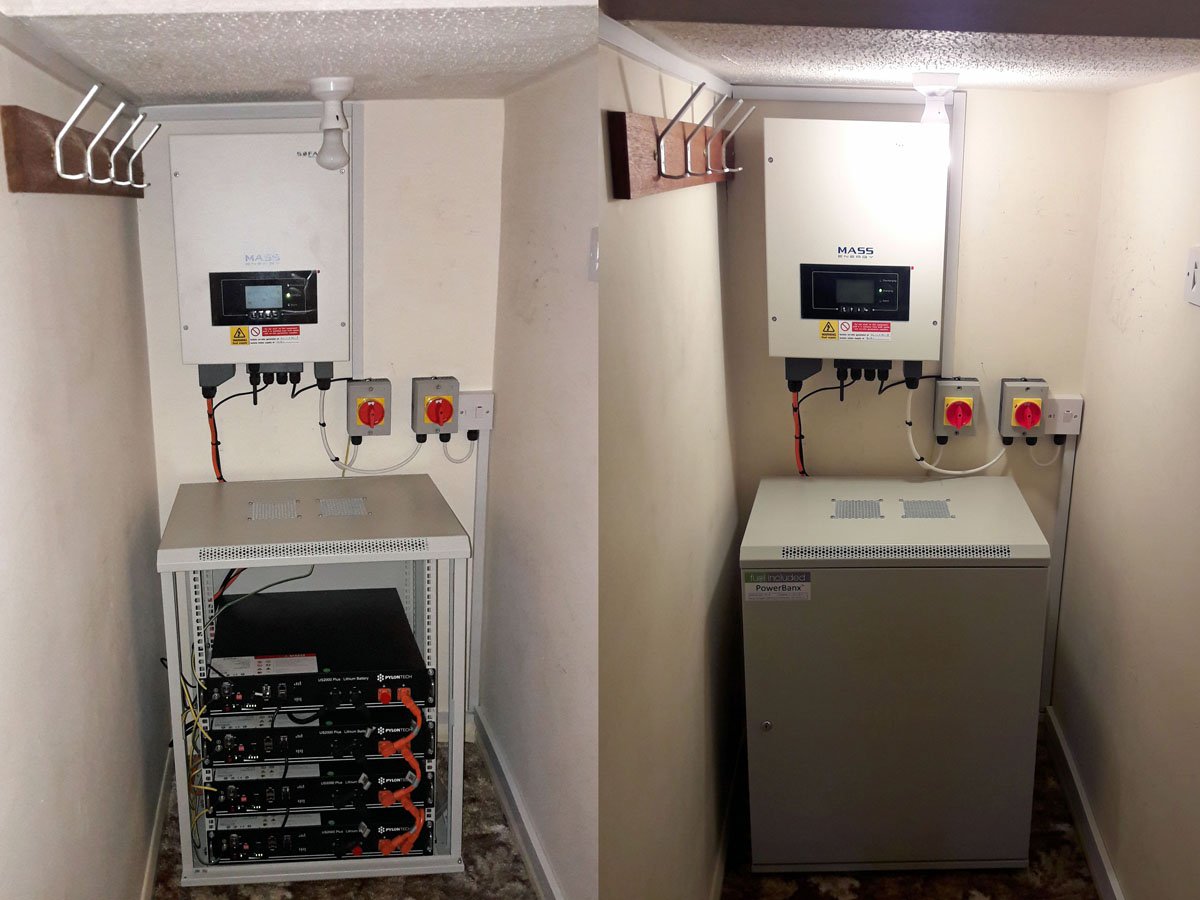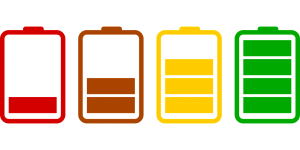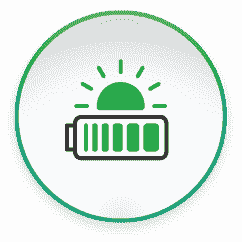The only thing that’s grown more than electricity bills recently is the number of new solar power systems installed with batteries. I’m guessing a close third is the growth of my inbox, specifically with questions about small unwanted energy imports. Read on while I explain; please, stop emailing me…
Like the Hitchhiker’s Guide To The Galaxy, battery monitoring apps need a cover that reads “Don’t Panic” in large, friendly letters.
It’s easy to be alarmed when your monitoring shows unexpected imports and exports. Before you start taking screenshots and firing off complaints to your installer about a malfunctioning system, let’s break down why this happens and why you needn’t worry.
How Solar + Battery Works
A standard solar power system prioritises energy flow like this:
- First, supply power to your home
- Then, charge the battery, if you have one
- Next, switch on diversion loads, like a hot water service or EV charger
- Finally, send any remaining solar to the grid
With a tricky retail tariff or external control from a VPP retailer, you may want to change the order of these operations, according to time of use tariff, solar yield or even export tariff, however most people just want the bills to be reasonable.
However, some numbers will prove frustrating for those who treat electricity as a hobby, e.g., when energy is being exported and the battery isn’t full. This is because the Battery Management System (BMS) is programmed to use excess solar best and keep the system safe.
Read more: SolarQuotes






